What CAN you eat in the low FODMAP phase?

Looking on the bright side with some practical tips
Looking at a list of all of the foods that you can’t eat on the first phase of the low FODMAP diet can be downright depressing (trust me, I know!). At the beginning you just look at everything you suddenly can’t eat. It can feel completely impossible to imagine how you will manage to eat anything over the next few weeks.
But honestly, instead of focusing on all the foods you can’t eat (and there are a lot of them!) lets instead look at everything you can eat. Unless your diet consists of garlic bread and ice cream then I am quite certain there will be plenty of foods that you already regularly eat that you can continue to enjoy.
When I first tackled the low FODMAP diet I got so depressed looking at the foods I had to cut out. So I decided to make another list of foods I regularly eat anyway that would still be perfectly fine to continue eating during the low FODMAP phase. This helped change my perspective massively, because it suddenly looked a lot more feasible when I focused instead on everything I COULD eat. So lets take a look at some of the best low FODMAP/FODMAP free foods.
Rice and potatoes
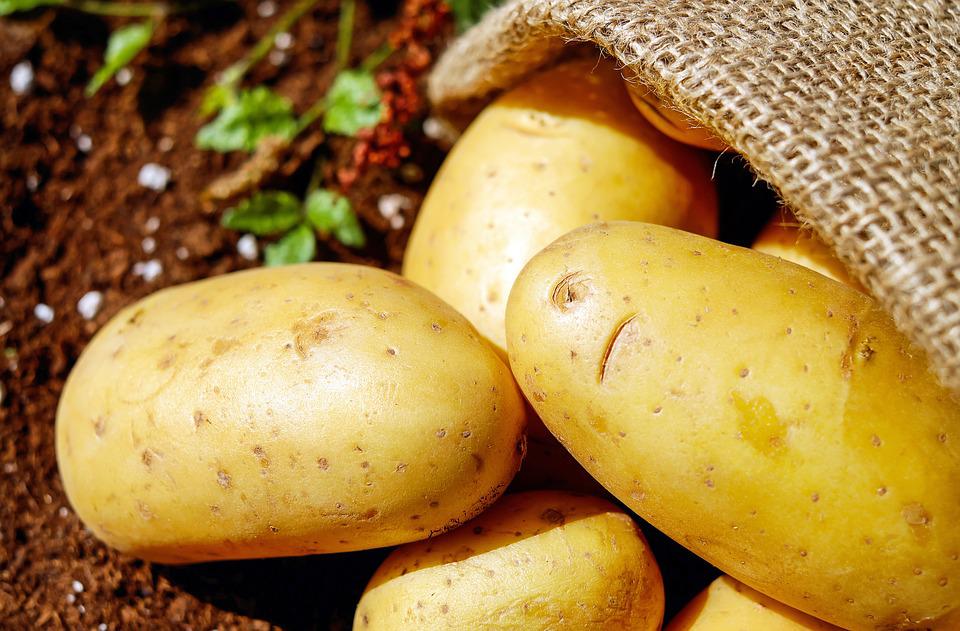
Simple as that. Yes I usually prefer pasta (and to be honest the gluten free substitutions are getting much better in quality these days so you can still opt for those too). But many meals that you might cook with pasta (such as a Bolognese: check out our low FODMAP recipe here ) can often be paired with rice or a baked potato during the elimination phase of the diet. There is actually a relatively long list of other lesser known carbs that are low in FODMAPs. You can check out a list of them here.
Meat
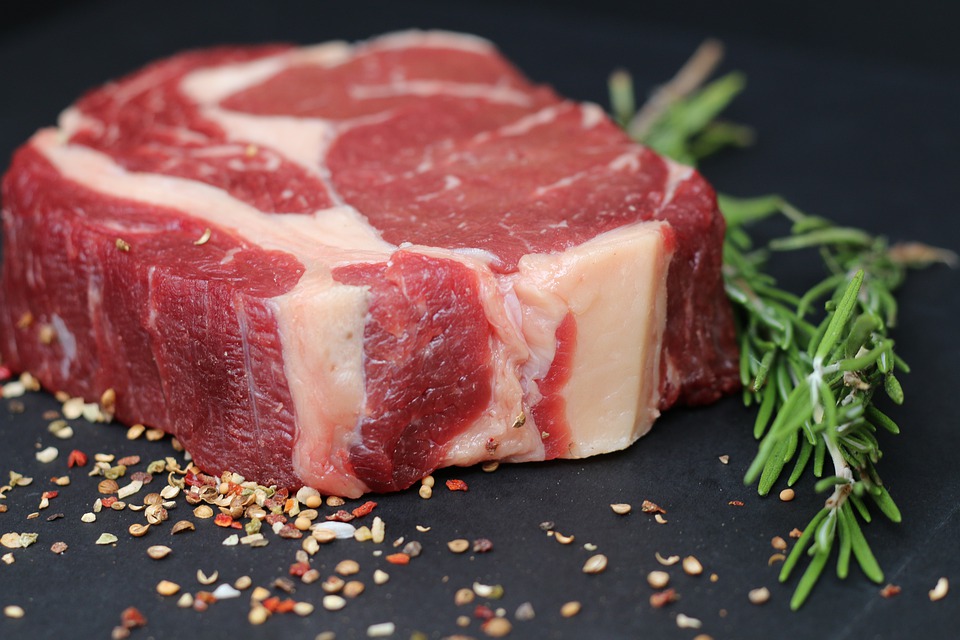
Less good of course if you are vegan or vegetarian. However, unprocessed meats do not contain FODMAPs. I would recommend however choosing a leaner meat as foods high in fat are notorious in getting the gut going. If you suffer from IBS-D then this is possibly the last thing you want! Processed meats such as sandwich meats and sausages may contain high FODMAP ingredients such as onion and garlic for flavouring. I recommend you to check the packaging before consuming these!
Fish
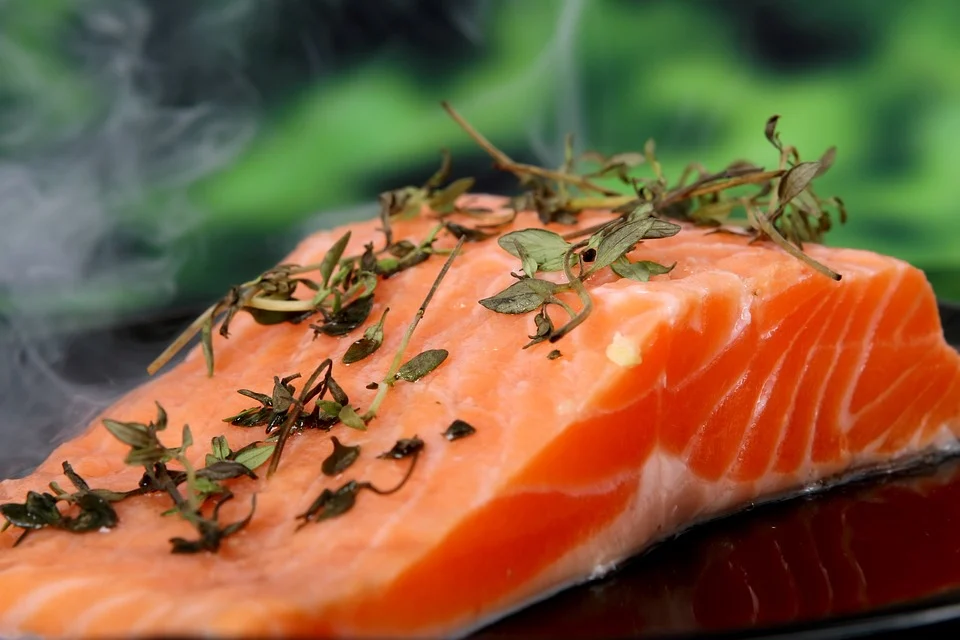
Similarly to meat, fish does not contain FODMAPs. Fish is full of healthy fats and is definitely something you should strive to keep in your diet.
Root vegetables
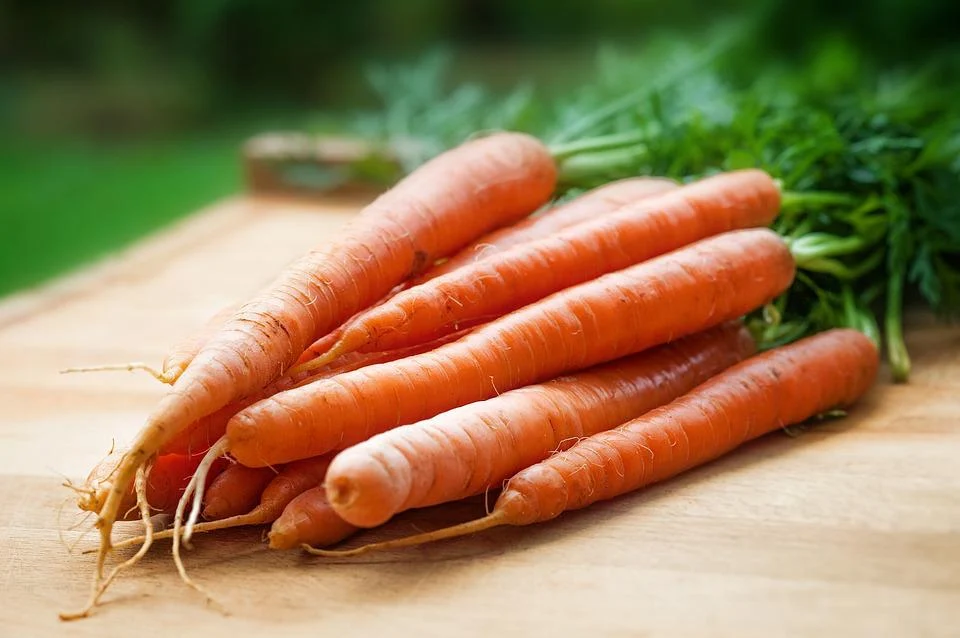
Ever since starting my journey with FODMAP reduction I have eaten an enormous amount of root vegetables. The scientists over at the Monash University did not find any traces of FODMAPs in carrots, parsnips or potatoes. They are seriously great for a whole bunch of recipes. You can bulk almost any meal up with these, and they can be roasted, pureed, made into soups, grated in salads, boiled and even made into delicious cakes! Carrots in particular seriously don’t get enough credit in the low FODMAP community!
Eggs

Another versatile ingredient that, for me, was crucial for the first phase of the diet. They are a great source of protein which keeps you full for ages. I probably don’t have to tell you of all the different ways you can cook with eggs. Omelettes and frittatas are brilliant bases to pair with other low FODMAP ingredients! Monash FODMAP states that eggs do not contain carbohydrates (and are therefore FODMAP free) so although they state that one portion is 2 eggs, you are allowed to exceed that limit if you so wish! I cannot tell you how much I recommend loading up on the eggs for this phase.
Cheese

Ok so I will preface this one by saying not all cheeses are appropriate for the low FODMAP phase. However, there are many cheeses (mostly the harder ones, such as feta, parmesan, gruyere and cheddar) that are actually lower in lactose and definitely can be used as a tasty addition to your meal safely within the bounds of the low FODMAP serving suggestions. To find these, download and check the Monash FODMAP App. And if you’re anything like us, you’ll agree that nearly everything in the world is better with cheese!
Fruits

Unfortunately fruits and veggies are often major culprits in regards to high FODMAP foods. However, there are definitely a couple of fruits that can be enjoyed during the low FODMAP phase of the diet. These include oranges, rhubarb, kiwi and papaya. So maybe not always the most common fruits you happen to just have in the house but you might be able to find something to curb the craving for something sweet! This is one of the harder categories to stick to, so check out Monash’s app to double check serving sizes.
Salad
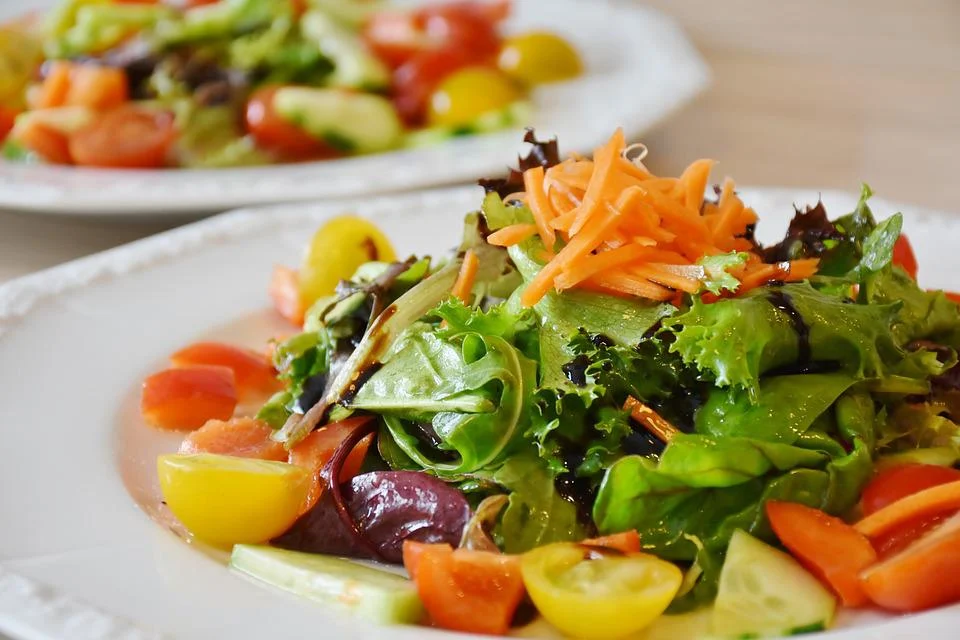
Lettuce, rocket, spinach (75g*) and cucumber are all perfect for the first phase of the diet. These can be a great base to pair with some low FODMAP protein and carbs. Tomatoes are also allowed in smaller servings too. Just check out Monash’s advice on tomatoes since they recently re-tested them! Not to mention they contribute to your water intake and load you up with plenty of vitamins and minerals to keep the rest of you healthy during this phase.
Herbs and spices
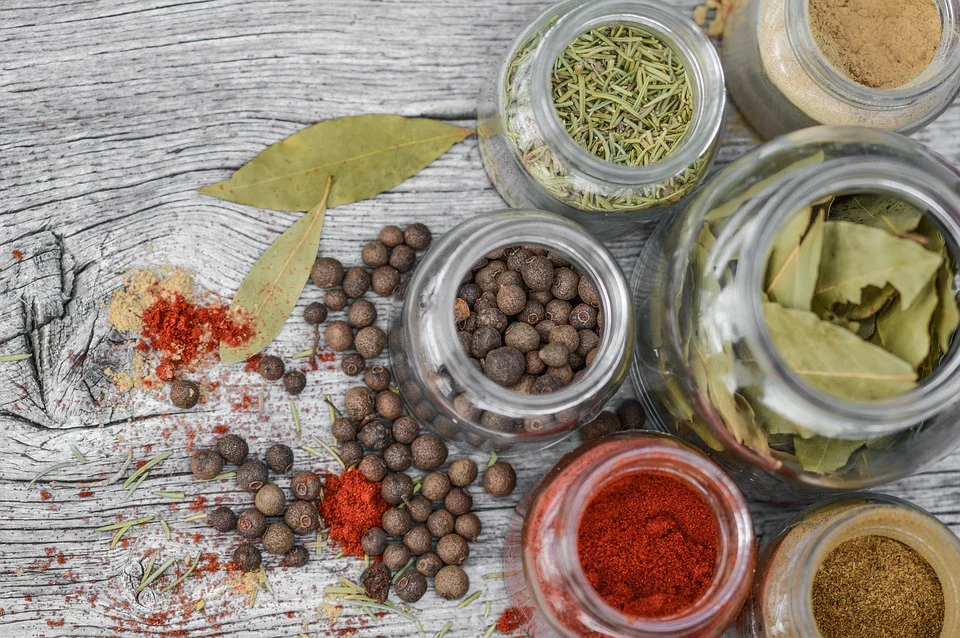
So not really proper food as such, but definitely something to make the low FODMAP phase more interesting. It is an unfortunate truth that a huge number of IBS sufferers are intolerant to onion and garlic since they are so potent in Fructans. This means you might have to get more creative with your seasonings and flavours.
All herbs and spices that I have come across so far are low in FODMAPs at normal serving sizes. The exception here of course is onion and garlic powder. Trust me, experimenting with herbs and spices is a great way to bring in new flavours to your cooking!
Substitutions
I write about this in a lot of posts, so it’s nothing new here. I just don’t want you to forget that it is always worth looking into alternative products (for example, gluten or lactose free). These products have really made some great progress over the last few years. There is a lot of information out there on substitutions for all types of foods. Honestly, give them a chance, and you may find new products you absolutely love!
So when taken together it really isn’t all that difficult to put together a relatively varied diet. I definitely recommend trying to keep it simple for the first few weeks. The goal of the first phase is to give your digestive system a break and your symptoms should ease up. Try not to get hung up on the foods you can’t eat during this phase, you might well be able to include them later on!
It may seem like a lot to think about but here at SimplyFODMAP we have you covered. Just check out some of our recipes to make following the low FODMAP phase a breeze!

